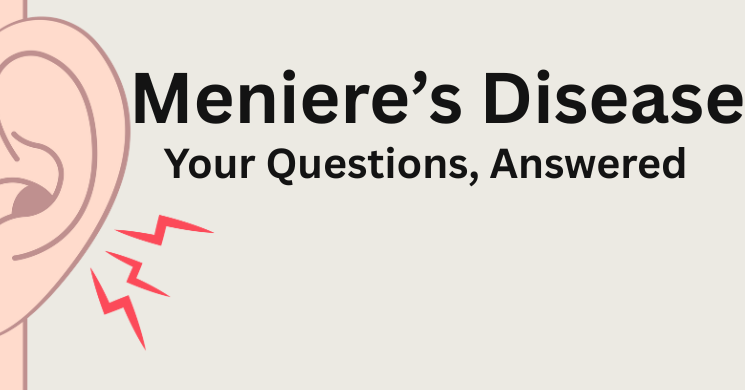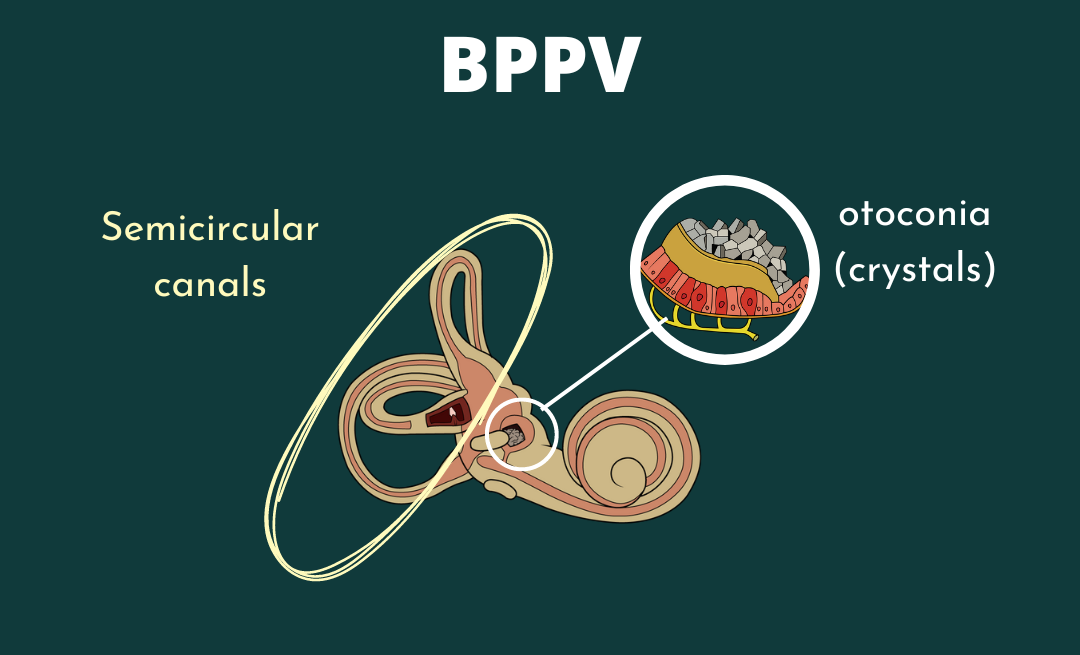Visual Vestibular Integration: Why do busy environments make me dizzy?
Our body uses three main systems to know where we are in space and what needs to be done to be balanced and safe. Today’s focus is going to be on our eyes and inner ear working together with visual vestibular integration. Let’s talk about what this is, what happens when visual vestibular integration isn’t working, and what to do about it!
If you need a refresher on our body’s main systems for balance, click here to review our What is Balance article before reading on.
What is visual vestibular integration?
Visual vestibular integration is combining the information from our eyes and inner ear to carry out tasks to help with our balance. These two systems work closely together to help keep our vision steady when moving our body, head, or both at the same time. This is known as the vestibulo-ocular reflex (VOR).
The brain also uses visual and vestibular information to gather as much information about your environment and compares all this information to get as clear a picture as possible. This creates checks and balances to ensure that our brain knows what is going on and can respond correctly.
A good example of this is when you’re sitting in a parked car. The car next to you starts to back up, and you feel like you’re moving briefly. This is your eyes picking up the car backing up next to you and saying “hey we’re moving what are we going to do about it”. You quickly realize that you aren’t moving because your vestibular system kicks in and says “actually we aren’t moving, the eyes are seeing that other car move, we are SAFE”.
If you read the previous article What is Balance, you know there’s the proprioceptive system. We do use our proprioceptive system to compare sensory information with our eyes and inner ear- especially on uneven surfaces and to make sure any body movements are accurate and correct. This relationship is not the main focus of this article but it does exist! We’re focusing on the connection between the inner ear and eyes because of certain symptoms people experience when visual vestibular integration isn’t accurate, so keep reading on to learn more.
What happens if visual vestibular integration doesn’t work?
If the signal from our vestibular system isn’t sending or perceiving the correct information (BPPV, neuritis, VM etc), our brain starts to ignore what our vestibular system is saying and rely more on our visual system. Using only our eyes can result in busy environments making you feel dizzy or like you are moving when you really aren’t. The vestibular system isn’t being used in these situations to double check the information for our eyes. Things like busy areas like malls or restaurants, action scenes in movies, or first person video games can make your symptoms worse. Luckily, there are ways to work on reducing the reliance on your eyes and start using accurate vestibular information to feel better in busy environments.
How to promote visual vestibular integration.
Balance exercises that challenge vision help promote your vestibular and proprioceptive systems. With practice and gradual progression of these exercises, our brain starts to relearn how to listen to all 3 senses equally again. Consulting a trained and licensed vestibular therapist can help you safely progress these exercises and is strongly recommended. The goal is to start with sitting or standing balance exercises that make the visual and proprioceptive information hard to gather, so your brain has to rely on vestibular input to complete the exercise! This can be done in a variety of ways,a few ways a trained vestibular PT might accomplish this is:
- Eyes closed
- Eyes open with videos
- Firm surface
- Foam surface
- Standing feet apart or feet together.
There are many ways to tailor exercise individually and safely. Consult a professional to evaluate your specific needs and assist you in the safe progression based on your needs!
Want to learn more about visual vestibular integration, and other vestibular tools to get back to your daily life? Found out more at this link: https://tvd.flywheelstaging.com/about-group/
Disclaimer:
Remember: this post is for informational purposes only and may not be the best fit for you and your personal situation. It shall not be construed as medical advice. The information and education provided here is not intended or implied to supplement or replace professional medical treatment, advice, and/or diagnosis. Always check with your own physician or medical professional before trying or implementing any information read here.







